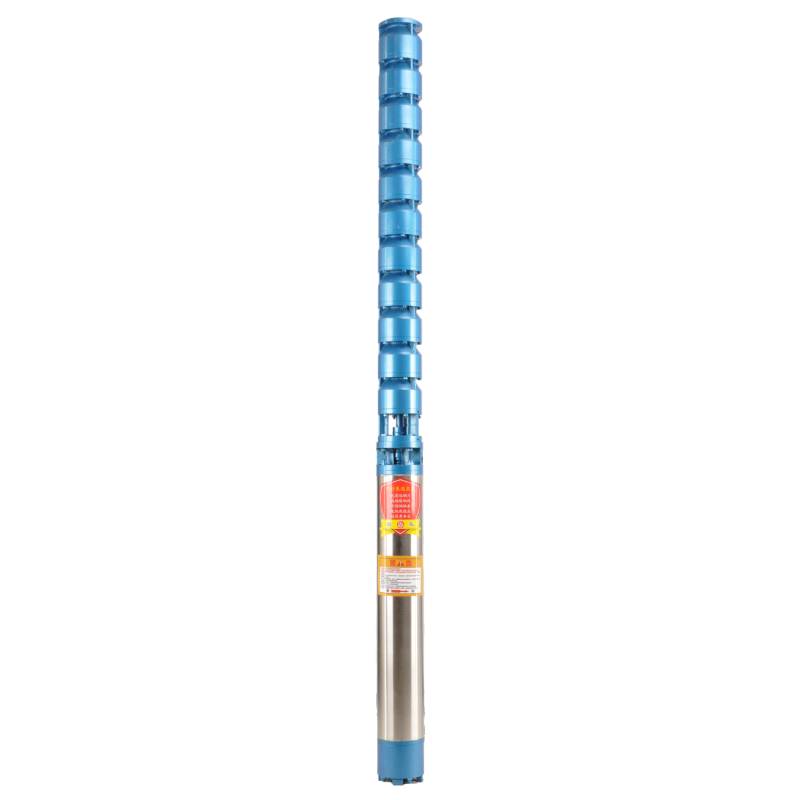Dec . 11, 2024 10:45 Back to list
Comparison of Oil Filled and Water Filled Submersible Pumps for Optimal Performance
Oil-Filled vs. Water-Filled Submersible Pumps A Comprehensive Comparison
Submersible pumps are critical components in various applications, including water supply systems, drainage, sewage treatment, and even in the petrochemical industry. They are designed to operate submerged in fluid, which enhances their efficiency and minimizes the risk of cavitation. Among the different types of submersible pumps, oil-filled and water-filled designs are prevalent, each offering unique advantages and disadvantages. Understanding these differences is essential for selecting the right pump for specific applications.
Oil-Filled Submersible Pumps
Oil-filled submersible pumps use oil as a coolant and lubricant for the motor. This design has several advantages. First and foremost, oil provides superior thermal conductivity compared to water, allowing the motor to dissipate heat more effectively. This can lead to a longer lifespan for the pump, as overheating is a common cause of failure in submersible motors.
Moreover, oil-filled pumps tend to be more efficient in moving fluids, especially in situations where the water contains abrasive particles. The oil acts as a barrier against the corrosive effects of certain fluids, protecting the pump components and maintaining operational integrity.
However, oil-filled submersible pumps have their disadvantages. One significant concern is the risk of oil leakage. If the pump is not properly sealed, the oil can escape into the environment, leading to potential contamination. Additionally, the use of oil necessitates a more complex design, which can complicate maintenance. If a breakdown occurs, repairing an oil-filled submersible pump often requires specialized knowledge and equipment.
Water-Filled Submersible Pumps
Water-filled submersible pumps, on the other hand, are simpler in design. They use water for cooling and lubrication, which makes them more environmentally friendly compared to their oil-filled counterparts. Since they do not contain oil, the risk of environmental contamination is minimized, making these pumps a safer choice for applications involving clean water supply or irrigation.
oil filled vs water filled submersible pump

Furthermore, water-filled pumps are often more straightforward to maintain. With fewer complexities in their design, they can be easier to disassemble and repair. The availability of parts and lower need for specialized knowledge can lead to reduced downtime and maintenance costs.
However, water-filled submersible pumps have limitations as well. The primary challenge is that water has a lower thermal conductivity than oil. This can lead to overheating issues, particularly in high-demand scenarios or when pumping heavy-duty fluids. Moreover, the water used for cooling could freeze in cold climates, further complicating operation in certain environments.
Making the Right Choice
When determining whether to use an oil-filled or water-filled submersible pump, several factors must be considered
1. Application Requirements Evaluate the specific demands of the application. If the pump is required to handle abrasive or corrosive fluids, an oil-filled pump might be more suitable. 2. Environmental Concerns If the application takes place in sensitive environments, water-filled pumps have a distinct advantage due to their lower risk of contamination.
3. Maintenance and Operation Consider the availability of maintenance resources. If ease of repair is a priority, water-filled pumps might be the better option.
4. Operating Conditions Analyze the environmental conditions, such as temperature fluctuations and the nature of the fluids to be pumped. For high heat or demanding applications, an oil-filled pump may be necessary.
In conclusion, both oil-filled and water-filled submersible pumps have their places in various applications. The decision to choose one over the other ultimately hinges on the specific requirements of the project, the environmental concerns at play, and the operational conditions. By carefully assessing these factors, users can select the most suitable pump to ensure efficiency and longevity in their operations.
-
Submersible Water Pump: The Efficient 'Power Pioneer' of the Underwater World
NewsJul.01,2025
-
Submersible Pond Pump: The Hidden Guardian of Water Landscape Ecology
NewsJul.01,2025
-
Stainless Well Pump: A Reliable and Durable Pumping Main Force
NewsJul.01,2025
-
Stainless Steel Submersible Pump: An Efficient and Versatile Tool for Underwater Operations
NewsJul.01,2025
-
Deep Well Submersible Pump: An Efficient 'Sucker' of Groundwater Sources
NewsJul.01,2025
-
Deep Water Well Pump: An Efficient 'Sucker' of Groundwater Sources
NewsJul.01,2025
-
 Submersible Water Pump: The Efficient 'Power Pioneer' of the Underwater WorldIn the field of hydraulic equipment, the Submersible Water Pump has become the core equipment for underwater operations and water resource transportation due to its unique design and excellent performance.Detail
Submersible Water Pump: The Efficient 'Power Pioneer' of the Underwater WorldIn the field of hydraulic equipment, the Submersible Water Pump has become the core equipment for underwater operations and water resource transportation due to its unique design and excellent performance.Detail -
 Submersible Pond Pump: The Hidden Guardian of Water Landscape EcologyIn courtyard landscapes, ecological ponds, and even small-scale water conservancy projects, there is a silent yet indispensable equipment - the Submersible Pond Pump.Detail
Submersible Pond Pump: The Hidden Guardian of Water Landscape EcologyIn courtyard landscapes, ecological ponds, and even small-scale water conservancy projects, there is a silent yet indispensable equipment - the Submersible Pond Pump.Detail -
 Stainless Well Pump: A Reliable and Durable Pumping Main ForceIn the field of water resource transportation, Stainless Well Pump has become the core equipment for various pumping scenarios with its excellent performance and reliable quality.Detail
Stainless Well Pump: A Reliable and Durable Pumping Main ForceIn the field of water resource transportation, Stainless Well Pump has become the core equipment for various pumping scenarios with its excellent performance and reliable quality.Detail
